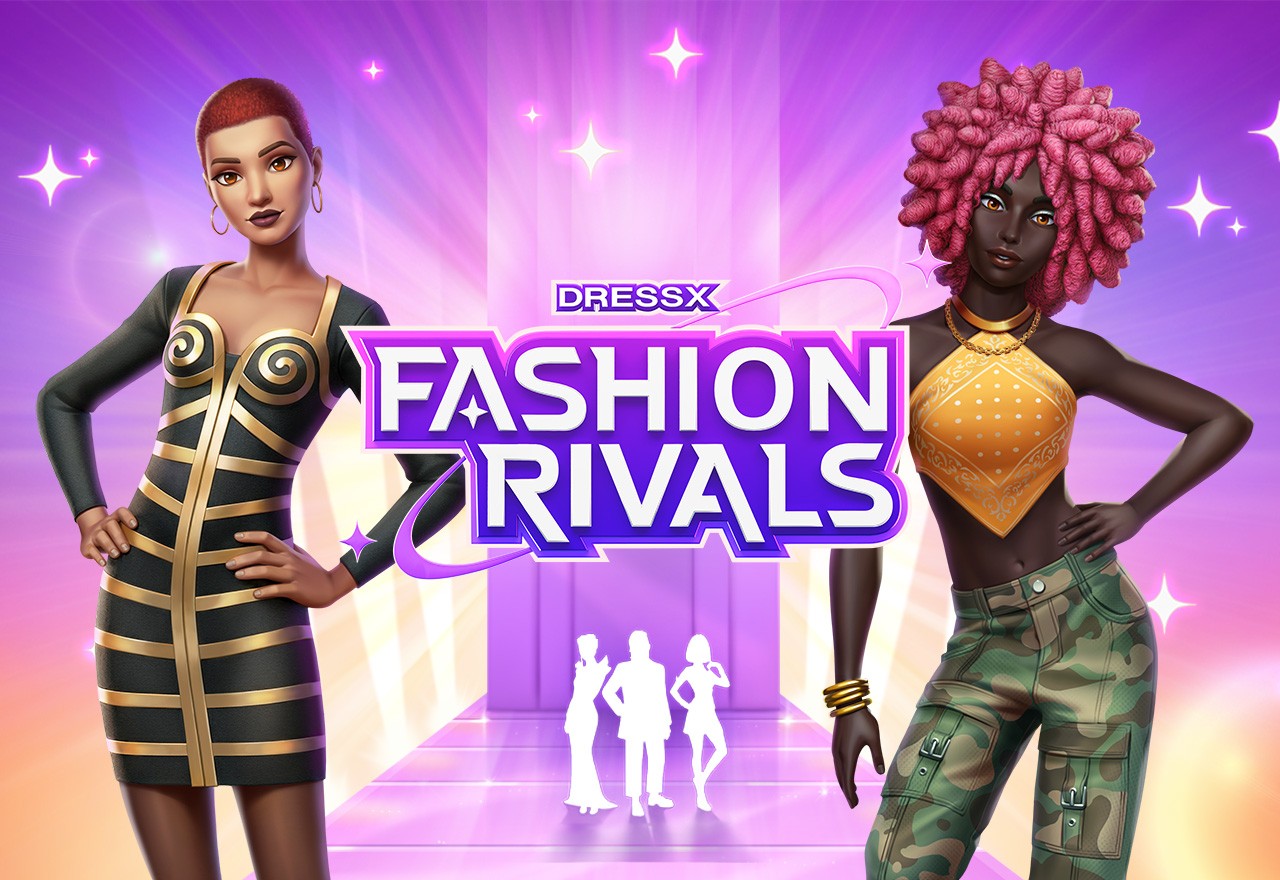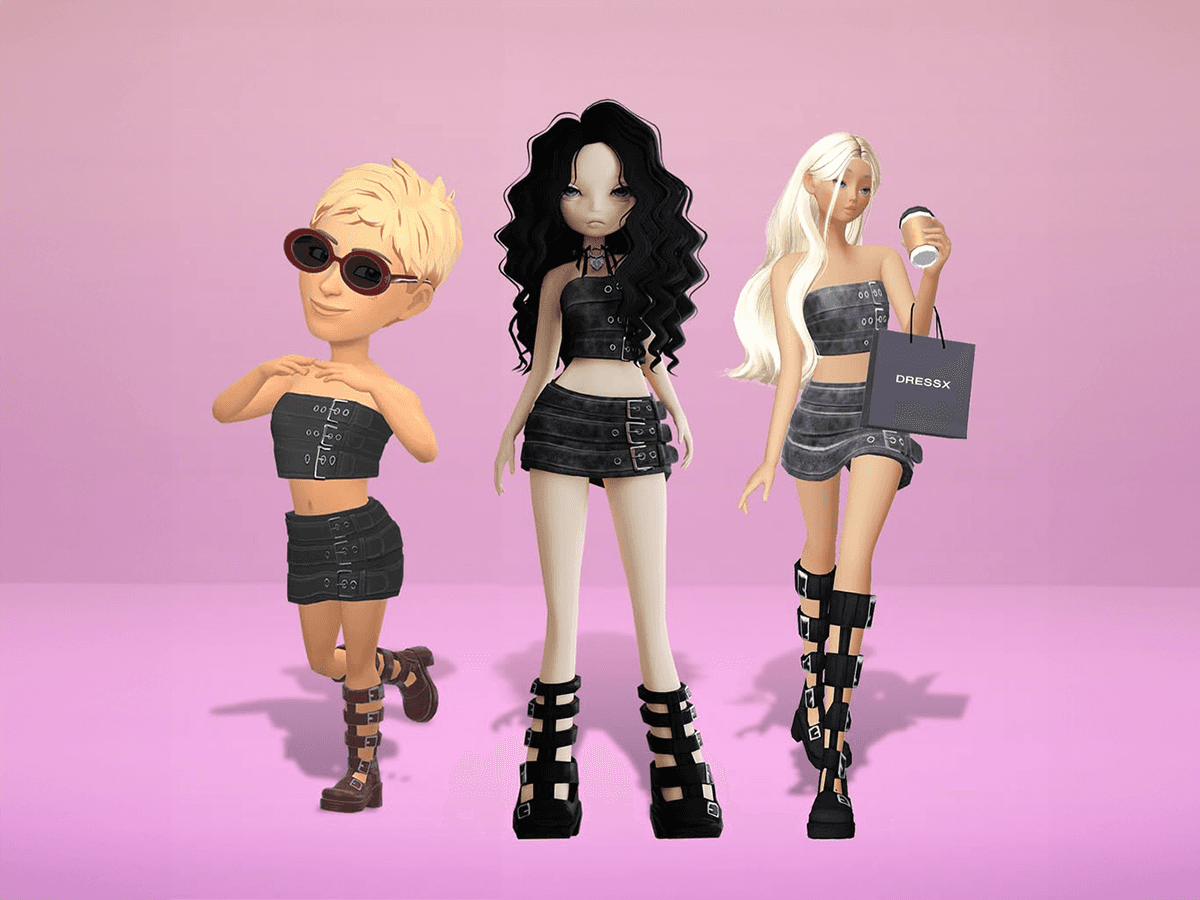DRESS-X WAONE ART COLLECTION is now live at DressX. Waone is a Ukrainian artist and muralist, best known for his bright and colorful surrealistic paintings. Having been creating artworks for almost 20 years, Waone has got a lot of fans all around the globe, among which are American filmmaker and screenwriter Darren Aronofsky. We spoke to the author of the collection about the new ways of artistic expression, climate change and exclusive launch of DRESS-X WAONE ART COLLECTION at DressX.
If you could describe your artistic style with just a few sentences, what would be the most important characteristics and motivations behind your art?
This is a really fundamental question I am always struggling to find an answer for. To me my art is something mystical, irrational, and inexplicable. Even though I have been doing it for almost 20 years, I still haven’t fully figured out what it is about. But speaking of motivations, I have two main approaches towards my work. The first one is when I have a specific task to create street art or murals for people somewhere in the world. There is a huge responsibility in creating an artwork, which will be then viewed by the local communities literally everyday. Out of a great respect for people and their traditions, I always learn about local history, cultural specifics and differences before I can actually start working on a project. Moreover, even if I already have an idea, which does not have anything to do with the location I am working at, I still try to adapt and transform it as much as I can to fit the cultural context. The other approach is completely opposite and occurs when I intentionally do not create any message before I get to work. This way I am just entering a so-called state of flow without being restricted by any boundaries, and only when the artwork is finished I finally begin to unravel the meanings behind it.

Over the period of your career you have experimented a lot with different forms of artistic expression, such as illustrations on paper, album covers and song illustrations, painting on canvas, and of course murals. Which form of visual storytelling would be your favorite for now and how does your creative process differ between different forms of expression?
My preferences have been continuously changing through different periods of my career. Initially I was doing graffiti, and at that time it was certainly my favorite style of working. At some point I just realized that I grew out of it and there was nothing I haven’t tried in that field, so I started looking for new ways of expression for myself. That’s how my first mural project was created. At the time I was also experimenting with some sketches for the walls, which later transformed into full-fledged artworks on paper and canvas.
Every art style requires a different creative approach and has its own nuances. For example, you can work with paper or canvas as much as you want, adding dozens of small details again and again. I think my longest work once took me almost 2 months to finish! Working with walls, on the other side, is always limited in time and you have no other choice than to be flexible and adjust.
Currently my biggest passions are ceramics and sculpture. From the first sight it seems like working with ceramics is easier and requires less effort from the artist, however technically it is so much more difficult. It takes a couple of hours to draw an object on canvas, while creating an object in ceramics or to cast a sculpture can take up to 2 days. Then you also have to wait till it dries out, then goes firing, painting, or glaze coating, which all takes at least 2 weeks to finish. Speaking about mass-production, the development of a form itself usually takes around a month. It is a huge work, which requires a lot of patience and concentration, but at this point I consider it to be the most exciting form of expression for myself.
Going back to the topic of mural art, a few years ago you made a shift from working with bright colors to painting your murals in black and white. Does depicting stories in black and white require some other skills than painting in color?
Talking about my black and white works, yet again it all began with simple sketches for my works in color. At some point I started using a pen instead of a pencil for my drawings, and then it all somehow seamlessly turned into an independent form of art. From the very beginning of my artistic career, I have been hugely inspired by old masters, antique engravings, and typography. Working in black and white allows me to translate this kind of aesthetics through my art, but in a more contemporary and modern interpretation.
Of course, there are also some nuances to consider while working only with black and white. It is much easier to translate emotions and feelings through color, while in black and white you can only do it via contrast, tone, light and shadow. You probably know about the golden ratio in art composition – it is the same in working with tones. For the artwork to look harmonic and balanced you have to sustain a neat and clear balance of white, gray, and black. You cannot just have it all black and white – there should always be semitones and shades in specific combinations and proportions. It is real science!
Your first black and white mural Matter: Changing States was very much focused on the topic of climate change. Tell us more about the environmental aspect of your art. Do you think that art could become a powerful tool in communicating and popularizing information about the environmental challenges the world is facing right now?
I noticed that over the last 2 or 3 years almost all the mural-projects I have seen were covering the topic of climate change. While it can seem like a positive shift, unfortunately, a lot of these projects are using the topic just because it is trendy, and they want to draw attention to their work by speculating on such a popular and important matter. Last year, however, I took part in a mural project on Martinique, which also focused on the topic of environmental change, but in quite an unusual way – instead of talking about climate change directly through the painting, the idea was to use only sustainable and clean natural water based paints, pigments and dyes which do not pollute the environment. It was the first mural-project in history to fully ban the use of a traditional spray paint that is quite harmful for the ozone layer. While the initiatives like this are really important, I have to admit that any restrictions like this are also limiting me as an artist and putting boundaries on my art, which can be quite uncomfortable. I think it is really important to strike a right balance between being sustainable while also allowing artists to fully express themselves through their art.
Due to specifics of your job you normally have to travel a lot throughout the year. Have you personally noticed any climate changes that made an impression on you?
Actually it was my trip to India where I created my first black and white mural, that made me really see what is happening with our planet. Before that I just heard people talking about it, but in India I experienced it myself witnessing cold snaps in the North and extreme heat and lack of rains during the monsoon in the South. Actually, we don't even have to travel that much anymore to notice the change. Even in Kyiv, Ukraine, where I am currently based, the difference between the seasons is so blurred that sometimes it is hard to distinguish which time of the year it actually is.

During the period of lockdown in Ukraine you created an Instagram filter to allow your followers to experience your art in digital. Basically anyone in the world could place one of your sculptures in their room, rotate it, change its color etc. What do you think about using augmented reality experiences like this in art and how they could influence people’s perception of the artworks?
To be honest, before the pandemic I was quite skeptical about the use of technology in art. I witnessed how Instagram literally ruined the mural art scene, as at some point it became more important how the wall looks on Instagram, rather than in reality. Mural artists stopped being attentive to the details, because you cannot really see them in a photo. For me, however, it is really important to polish my mural projects, as my art is very much about the details and it cannot be just viewed on Instagram for a couple of seconds. In order to really process and understand my work you need time, that is why I do not consider Instagram to be the best channel to translate my art. Actually, this is one of the reasons I am now working on publishing my first book.
Nevertheless, this lockdown has really shown us that there is a huge potential in embedding some virtual experiences into our daily practices. Even though I still think that digital art will never fully replace physical, recent events have made me shift my perspective on the use of technology in art. I was lucky enough to establish my online shop before the pandemic, and now I can see that the future is online. There is no need to go to a traditional gallery anymore, it is enough for people to just see the art online, and they are ready to buy it.
By the way, aside from creating a filter, recently I had a really interesting experience working with technology in art. I made a physical sculpture traditionally with my hands, and then we did a digital copy of it using a 3D scanner. After a bit of polishing we used this 3D model and printed it on a 3D printer, which basically means that my sculpture travelled from physical to digital and then back again to the physical world. Incredible, isn’t it? I also know some artists who actually create their sculptures in digital using a VR headset and a modeling tool and then just print them on a 3D printer. As you can see, some people are already living in the future.
So speaking about digital, tell us more about your collaboration with DressX. What do you like about it the most?
The most exciting fact to me about this collaboration is that it does not exist in the physical world. Earlier I had an experience when my artworks were actually printed on the real clothes, and, to be honest, I did not find it attractive. Our art collection with DressX not only looks cool to me, but also totally blows my mind, as it is fully digital. We basically produced clothing garments without physically producing anything. Living in a world where overproduction has become a norm, doing collaborations like this is really beautiful.









